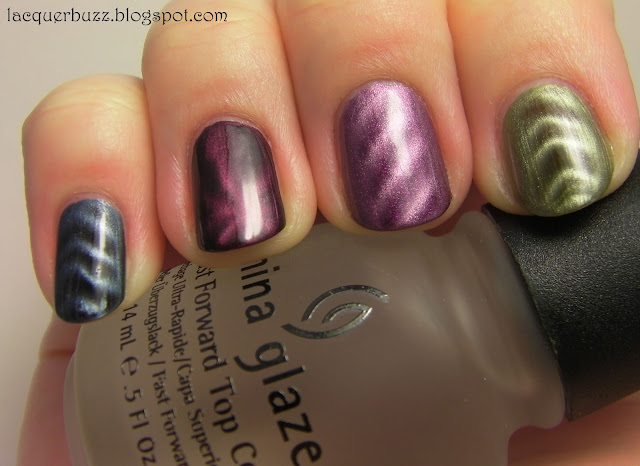

If the patient presents with bilateral hilar lymphadenopathy, resolution may be expected without steroid therapy, but if pulmonary infiltrates are also present, resolution is less likely even with steroid therapy. The patient may have transient hypercalcemia. The composite patient is likely to have a negative or only weakly positive skin test reaction, and also possibly abnormal serum globulin levels. The Kveim test is positive in 4/5 of the patients and false positive reactions have not marred its value in this overall large series spanning the world. The patient with sarcoidosis is of either sex but under 40 yr of age when the disorder is discovered on a routine chest roentgenogram because of respiratory symptoms, or skin or ocular lesions. It is concluded that the patients in these series, of different ethnic groups and cultures and living in radically different environments and climates, nevertheless, show and extraordinary parallelism of findings. Analysed successively are Sex, age and ethnic background mode of onset intrathoracic sarcoidosis, classified in 3 stages extrathoracic sarcoidosis, more specifically lymphadenopathy, ocular lesions, skin lesions, bone involvement, the parotid glands and the central nervous system the histology the tuberculin reaction Biochemical abnormalities: abnormal globulin levels and serum calcium levels treatment and mortality. The same rigid diagnostic criteria in all series provide some measure of conformity and homogeneity in the vastly different populations suffering from the same disease. The patients studied had clinical and histologic evidence of sarcoidosis. Since the development of systemic involvement in cases of isolated cutaneous sarcoidosis can occur many years afterward, careful monitoring seems advisable, and a long follow‐up is recommended.Ī retrospective comparison is presented of large intensively investigated series of sarcoidosis in 5 large cities: London, New York, Paris, Los Angeles and Tokyo. No clinical or histopathological features seem to be helpful to discriminate cases of a persistent isolated cutaneous disease from those that will develop systemic involvement. Sarcoidosis may be manifested as an isolated cutaneous disorder. No clinical or histological differences were found between patients with systemic sarcoidosis and those who showed persistent isolated cutaneous lesions. Seven out of 14 patients with cutaneous lesions evolved to a systemic sarcoidosis in a mean time of 6 years, with a range between 4 and 9 years. Previous or concurrent cutaneous involvement occurred in 81.8% of them. Systemic disease was present in 82.5% of patients. Clinical, histopathological, and evolutive features were reviewed.įorty patients were included in the study. Retrospective review of a series of patients with cutaneous sarcoidosis. To characterize the phenotype of patients with isolated cutaneous sarcoidosis and to assess the temporal relationship between cutaneous and systemic disease. To review clinical and histological features of patients with cutaneous sarcoidosis and the risk of progression to systemic disease.

Larger and more extensive investigations are required to further assess the adverse effect profile and optimal dosing for managing cutaneous sarcoidosis.Ĭutaneous lesions of sarcoidosis can allow physicians to establish the diagnosis of a systemic disease, but the need of monitoring patients presenting skin limited sarcoidosis in order to detect further extracutaneous involvement has rarely been evaluated. There were also scattered reports of etanercept, rituximab, golimumab, and ustekinumab being utilized as third-line agents with varying degrees of success. Although somewhat limited, the data in published studies support the use of both infliximab and adalimumab as third-line treatments for chronic or resistant cutaneous sarcoidosis. In this article, we reviewed the currently available English-language publications on the use of biologics in managing cutaneous sarcoidosis. Biologics are an emerging treatment option for the management of cutaneous sarcoidosis, but their role in management is not well-defined. Second-line agents include tetracyclines, hydroxychloroquine, and methotrexate. The accepted first-line therapy for cutaneous sarcoidosis consists of intralesional and oral corticosteroids, but these can fail in the face of resistant disease and corticosteroid-induced adverse effects. Cutaneous manifestations of sarcoidosis can impose a significant detriment to patients’ quality of life.

It can affect a number of organ systems, most commonly the lungs, lymph nodes, and skin. Sarcoidosis is an inflammatory disease defined by the presence of non-caseating granulomas.


 0 kommentar(er)
0 kommentar(er)
